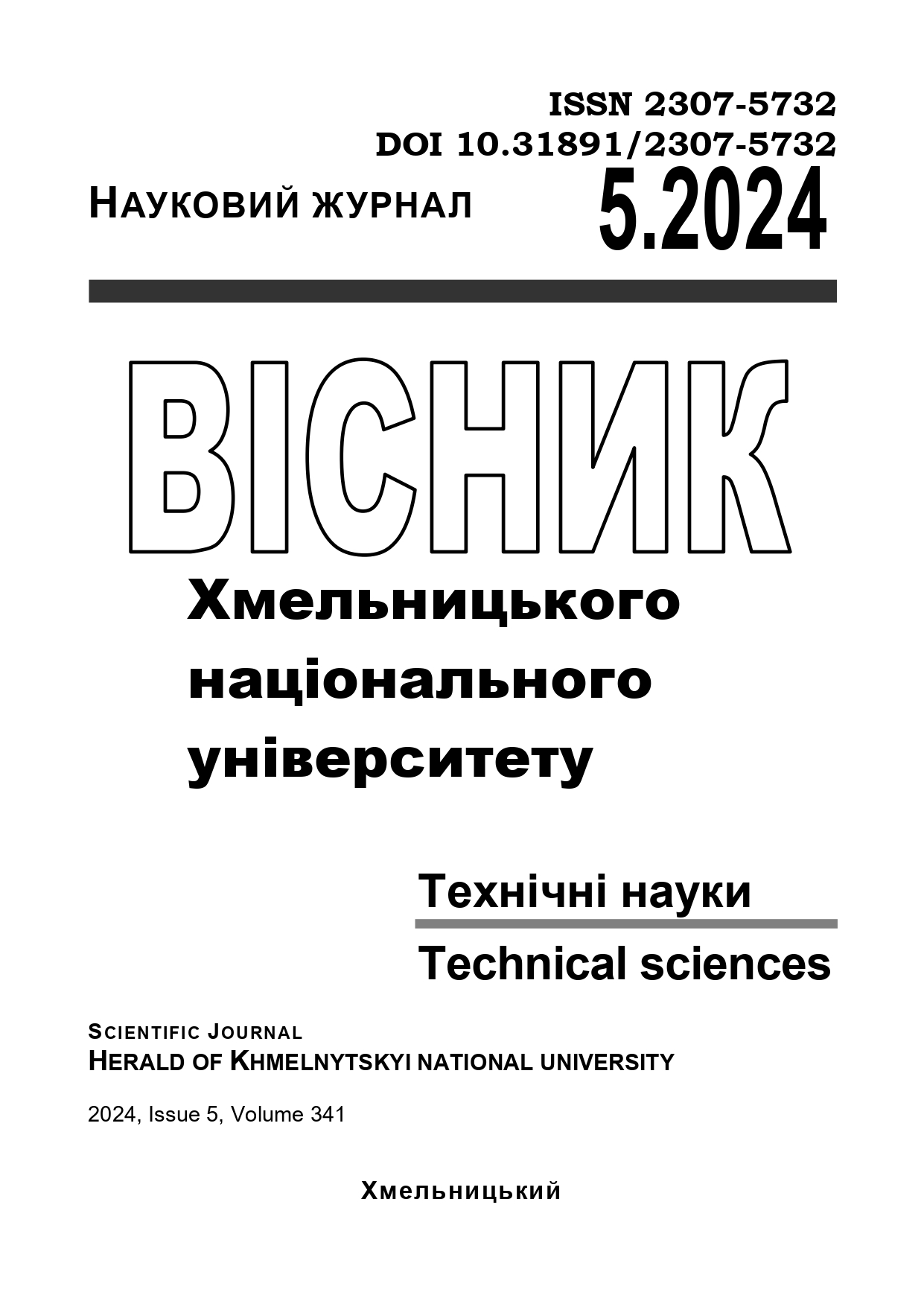A HYBRID APPROACH TO THE DETECTION OF DEEPFAKES BASED ON THE HUMAN FACE
DOI:
https://doi.org/10.31891/2307-5732-2024-341-5-55Keywords:
generative artificial intelligence, graphical object, deepfake, dataset, video, human face, machine learning, computer visionAbstract
Generative artificial intelligence plays an increasingly significant role in contemporary life, unlocking new possibilities across various fields, from media to security technologies. This technology is actively utilized in graphics, design, and the creation of new graphical objects, not only expanding the horizons of creativity but also enhancing professionals' efficiency. However, the growing popularity of generative intelligence also poses serious challenges, notably in the form of deepfakes—videos and images that manipulate reality by depicting individuals in a false context.
This paper provides a detailed analysis of current approaches, tools, and datasets used in the development of deepfakes. Through this analysis, it identifies key trends in their recognition, which is critical for understanding ways to combat misinformation. A generalized approach to deepfake recognition is proposed, based on computer vision algorithms and convolutional neural network architectures. This comprehensive approach integrates various methods, enabling effective detection of elements characterizing fakes, particularly in the context of human faces.
Furthermore, the paper discusses the challenges faced by modern recognition systems, such as adapting to new deepfake creation techniques and ensuring high detection accuracy amid the continuous evolution of technologies. An important aspect is the examination of the ethical and legal dimensions of deepfake usage, emphasizing the necessity for the development of relevant norms and standards in this dynamically changing field. In addition to technical aspects, the social implications of deepfakes are addressed, including the potential for manipulation of public opinion and impacts on personal security.

